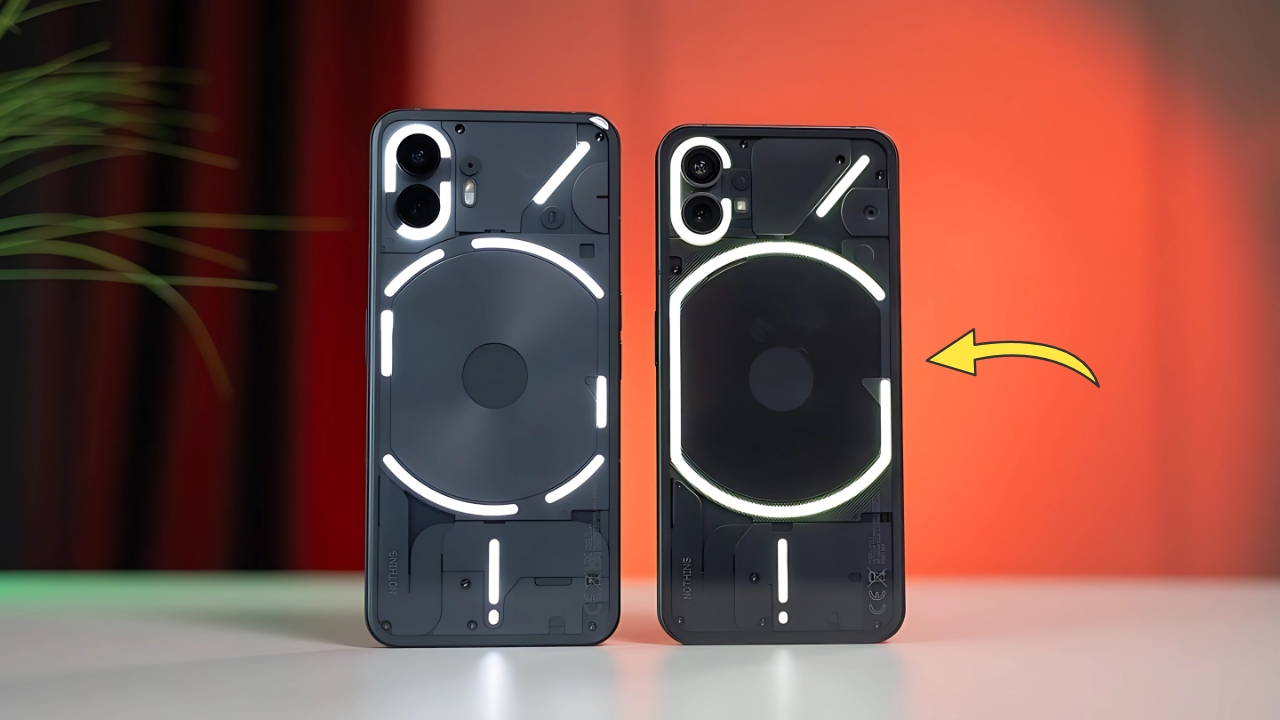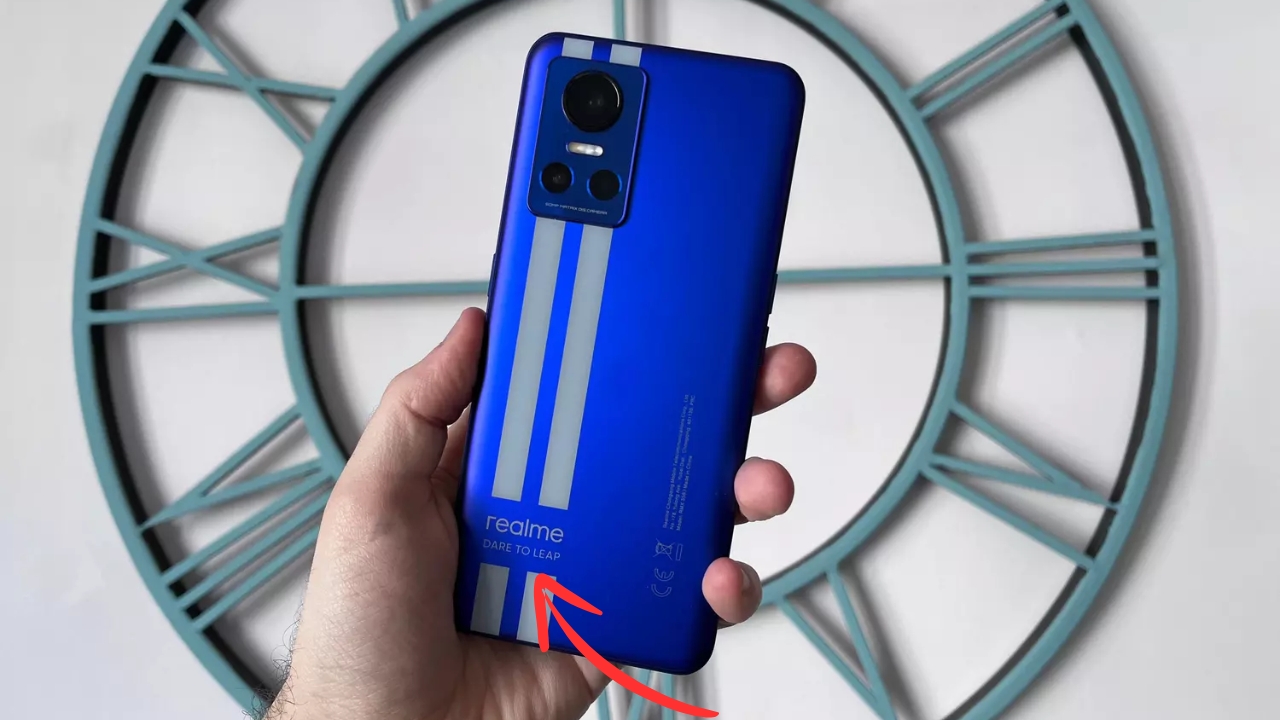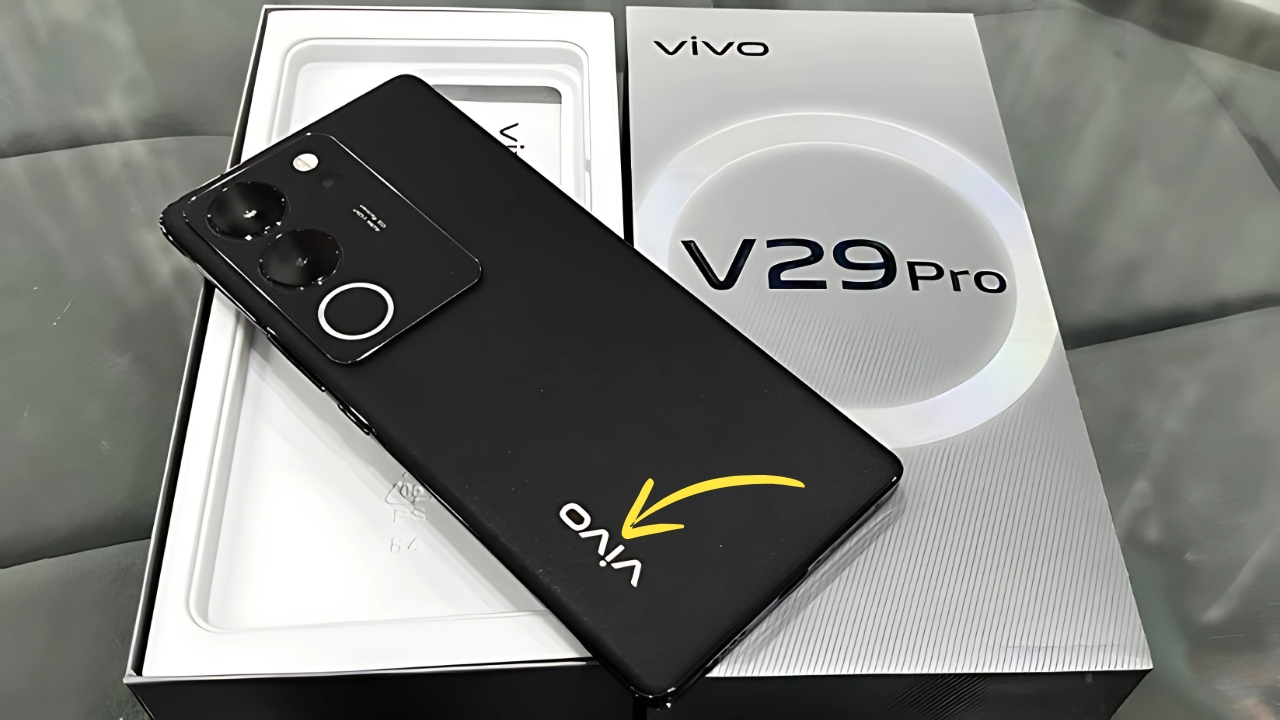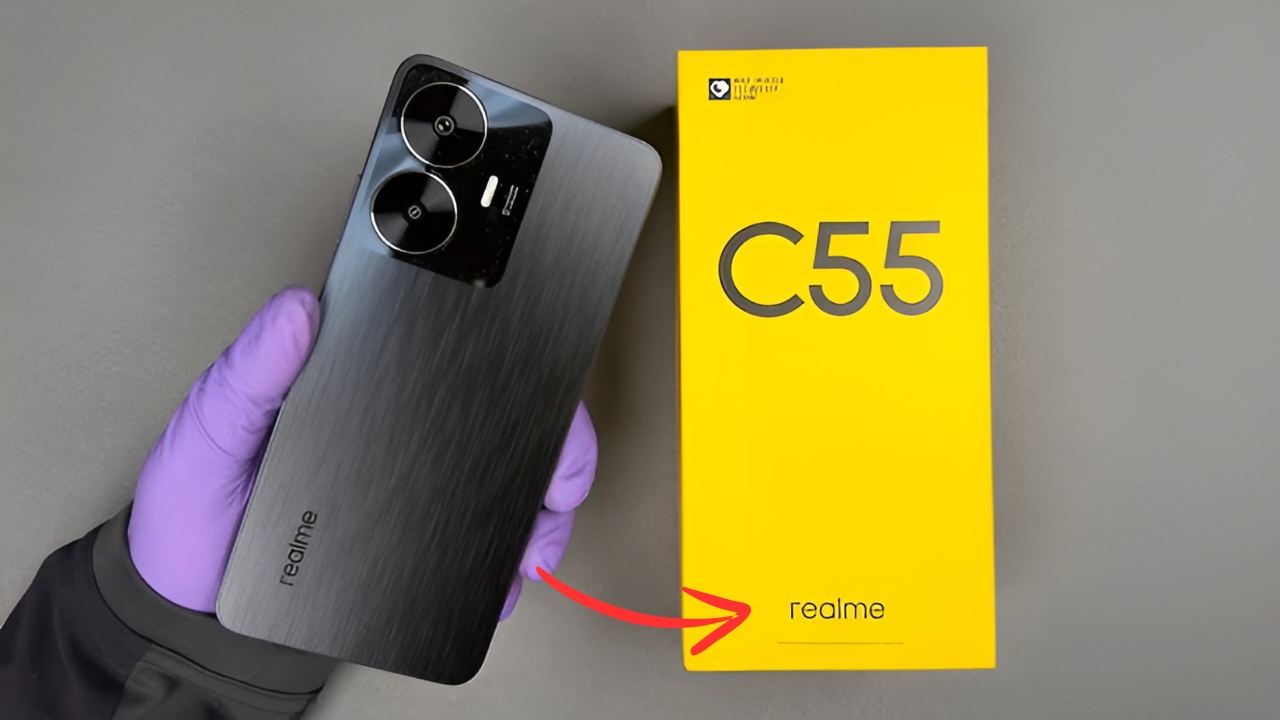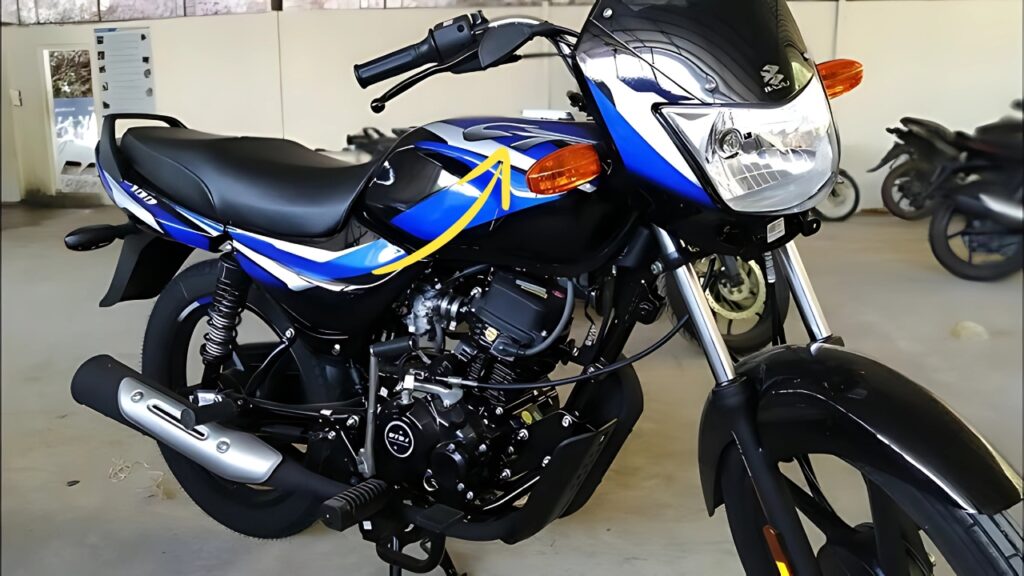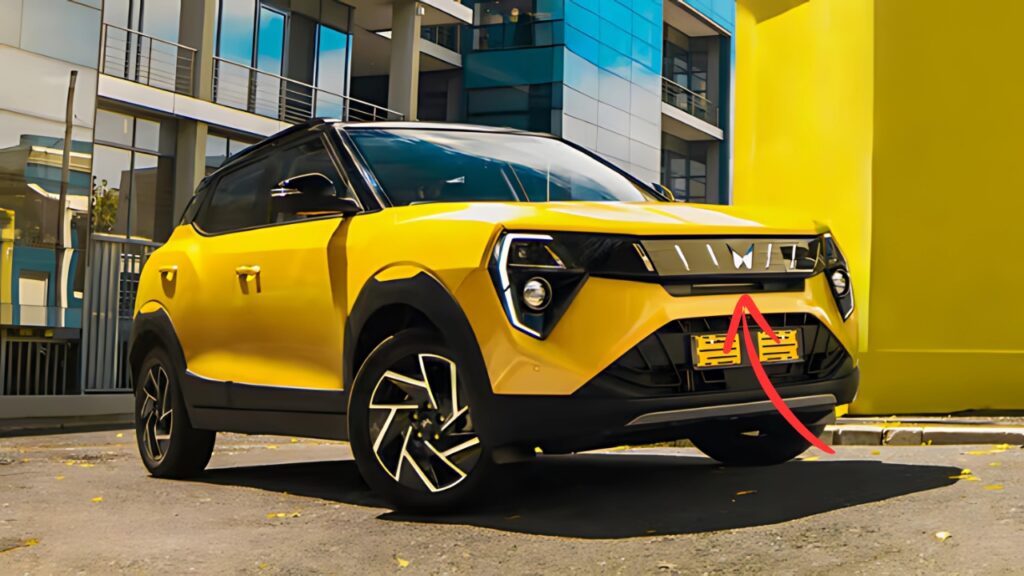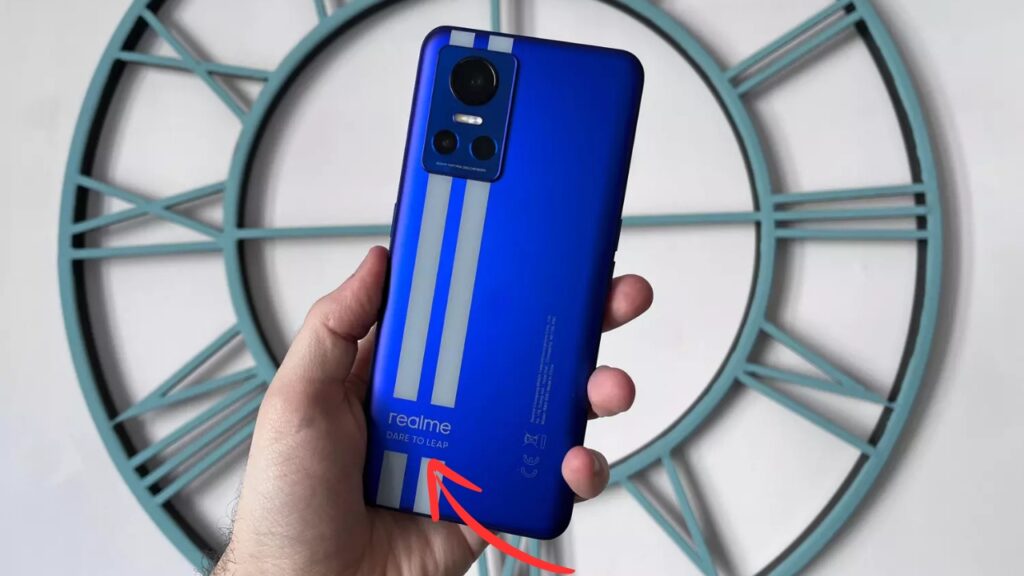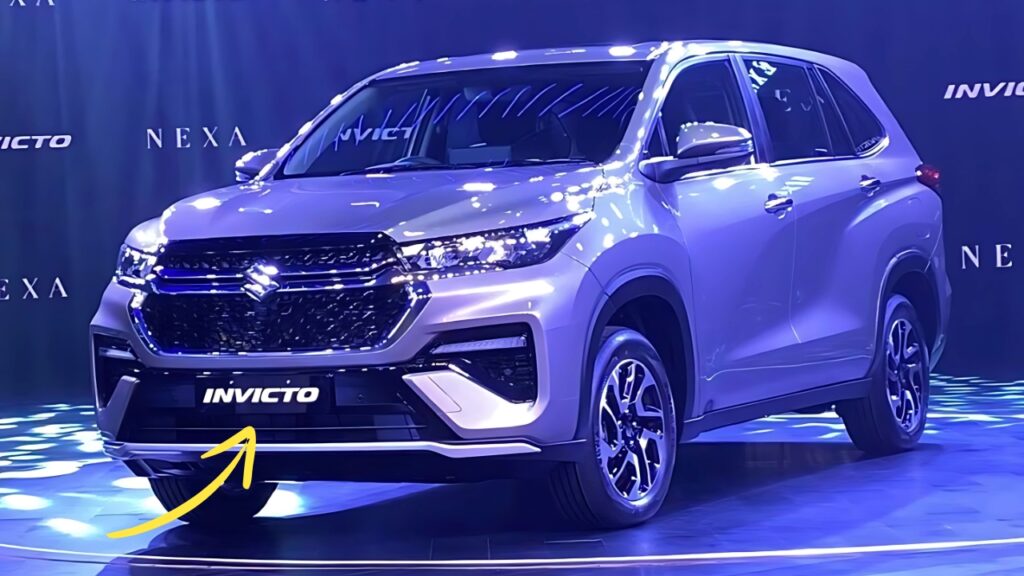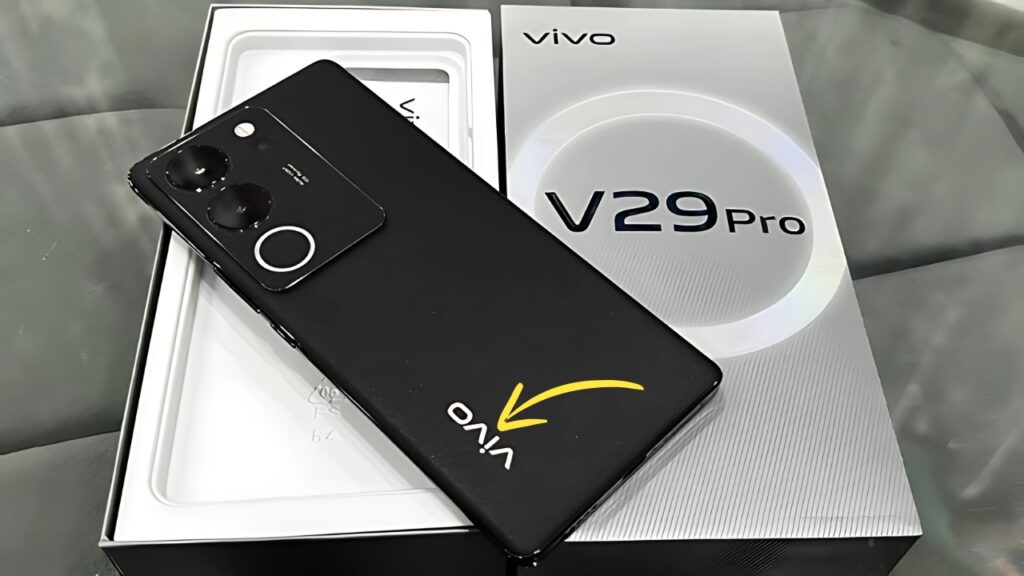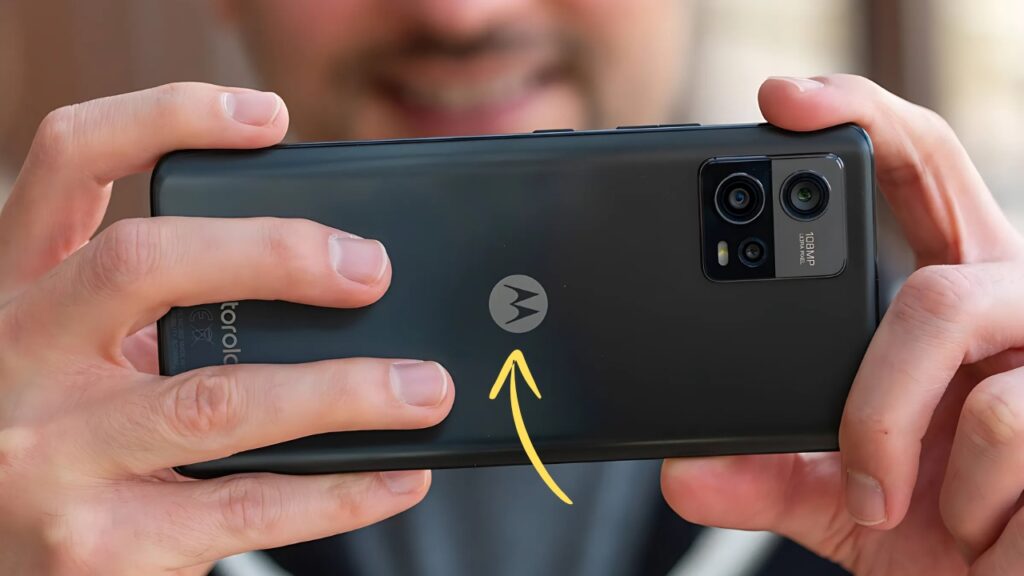Nothing Phone (3): In the increasingly homogeneous smartphone market, Nothing has established a distinctive identity through transparent design and a fresh approach to user experience.
The Nothing Phone (3) represents the London-based company’s latest refinement of its unique aesthetic and philosophy, building upon the foundation laid by its predecessors while introducing meaningful improvements across hardware, software, and overall functionality.
Design Philosophy: Transparent Refinement
The Nothing Phone (3) continues the brand’s signature transparent design language, though with thoughtful evolution rather than radical reinvention.
The back panel maintains the see-through aesthetic that reveals select internal components, now with greater visual depth and more intricate detailing of the engineering elements beneath.
The transparent design has matured from novelty to refined signature, with more purposeful exposure of components that tell the story of the device’s construction.
The iconic Glyph Interface—the array of LED light strips on the rear—returns with expanded functionality and more precise light control.
These programmable light patterns now feature greater customization options, including the ability to assign unique patterns to specific contacts and applications.
The lights serve practical purposes including notification alerts, charging status indication, and synchronized illumination patterns for music, creating a visual language unique to Nothing devices.
The frame utilizes recycled aluminum with a more refined finish, while maintaining the flat-edge design that provides secure grip.
Available in three colorways—Clear White, Matte Black, and a new Sage Green with subtle transparency—the device offers options that either emphasize or tastefully understate the transparent elements.
With dimensions carefully optimized for one-handed use and weighing approximately 185 grams, the Phone (3) balances distinctive design with everyday practicality.
The build quality demonstrates Nothing’s growing manufacturing expertise, with tighter tolerances and improved durability compared to earlier models.
Display Excellence
The front of the device showcases a 6.7-inch LTPO AMOLED display with FHD+ resolution (2412 × 1080 pixels).
Nothing has prioritized display quality in this third-generation offering, with the panel delivering vibrant colors, deep blacks, and excellent viewing angles characteristic of premium AMOLED technology.
The adaptive refresh rate now ranges from 1Hz to 120Hz, dynamically adjusting based on content to optimize battery life without compromising smoothness.
The screen achieves a peak brightness of 1,300 nits, ensuring good visibility even under direct sunlight.
The display features symmetrical bezels that maintain a clean, balanced appearance, with a small punch-hole camera centered at the top.
Corning Gorilla Glass Victus 2 provides enhanced protection against everyday scratches and impacts, while an improved under-display fingerprint sensor offers faster and more reliable authentication.
Performance Profile
Under the hood, the Phone (3) is powered by the Qualcomm Snapdragon 8s Gen 2 chipset, a balanced flagship processor that delivers excellent performance while maintaining power efficiency.
This represents a significant upgrade from the mid-range processors of previous Nothing phones, positioning the device as a more credible competitor in the premium segment.
The device comes with 8GB or 12GB of LPDDR5X RAM paired with 128GB, 256GB, or 512GB of UFS 4.0 storage, creating a responsive foundation for multitasking and media storage.
Nothing’s Memory Booster feature can allocate additional virtual RAM when needed, helping maintain performance during intensive tasks.
Day-to-day performance feels consistently fluid, with apps launching quickly and multitasking handled efficiently.
The Adreno 730 GPU manages demanding games with impressive frame rates, though thermal management during extended gaming sessions remains adequate rather than exceptional—an area where thicker gaming-oriented devices still maintain an advantage.
Camera Capabilities
Photography on the Phone (3) is handled by a dual-camera system consisting of a 50MP primary sensor with optical image stabilization (OIS) and a 50MP ultrawide lens.
This focused approach prioritizes quality over quantity, avoiding the questionable depth and macro sensors often added to inflate camera specifications.
The main camera utilizes a Sony IMX890 sensor with an f/1.8 aperture, capturing detailed images with good dynamic range and natural color reproduction in various lighting conditions.
The inclusion of OIS helps maintain sharpness in challenging situations and improves low-light performance.
The ultrawide camera offers a 114° field of view for landscape and group photography, maintaining reasonable consistency with the main camera’s color science and dynamic range—an area where many multi-camera systems struggle.
The front-facing 32MP selfie camera delivers detailed self-portraits with natural skin tones and good dynamic range.
Nothing’s camera software maintains the minimalist aesthetic found throughout their interface, offering essential modes like Night mode for low-light photography, Portrait mode with adjustable background blur, and Expert mode with manual controls for photography enthusiasts.
While not matching the computational photography capabilities of Google or Apple flagships, the camera system delivers reliable results that exceed expectations given Nothing’s relative youth as a smartphone manufacturer.
Software Experience: Nothing OS 3.0
The Phone (3) runs Nothing OS 3.0 based on Android 14, offering a distinctive visual identity that extends the brand’s minimalist design philosophy to the user interface.
The monochromatic aesthetic, dot-matrix font, and unique widget designs create a cohesive experience that stands apart from other Android implementations.
Nothing has committed to three years of Android updates and four years of security patches, providing reasonable longevity compared to industry standards.
The company’s approach to software emphasizes focused functionality and visual consistency over feature bloat, resulting in a clean, responsive experience.
New software features include expanded Glyph controls, improved widget customization, and enhanced privacy options.
The Glyph Interface now integrates with more third-party applications through open APIs, allowing developers to incorporate the distinctive light patterns into their applications for notifications and status indicators.
Battery Life and Charging
Battery endurance is addressed through a 5,000mAh cell that provides reliable all-day performance under typical usage patterns.
The adaptive refresh rate display and efficient processor contribute to improved battery life compared to previous Nothing phones.
The device supports 45W wired charging, replenishing approximately 50% of the battery in 20 minutes.
Wireless charging capabilities have been upgraded to 15W, while reverse wireless charging at 5W allows the phone to power compatible accessories like earbuds.
Nothing Phone (3)
The Nothing Phone (3) represents a meaningful evolution of the company’s distinctive approach to smartphone design.
By maintaining their transparent aesthetic while significantly improving core specifications and addressing previous limitations in camera capabilities and performance, Nothing has created a more compelling overall package that can appeal beyond design enthusiasts to mainstream users seeking something different.
As the company matures, the Phone (3) demonstrates growing confidence in both hardware and software development, with fewer compromises and more refined execution.
While still maintaining a unique identity in a crowded market, this third-generation device shows Nothing’s ability to balance distinctive design with the practical requirements of a modern smartphone, creating a device that stands out without sacrificing essential functionality.
